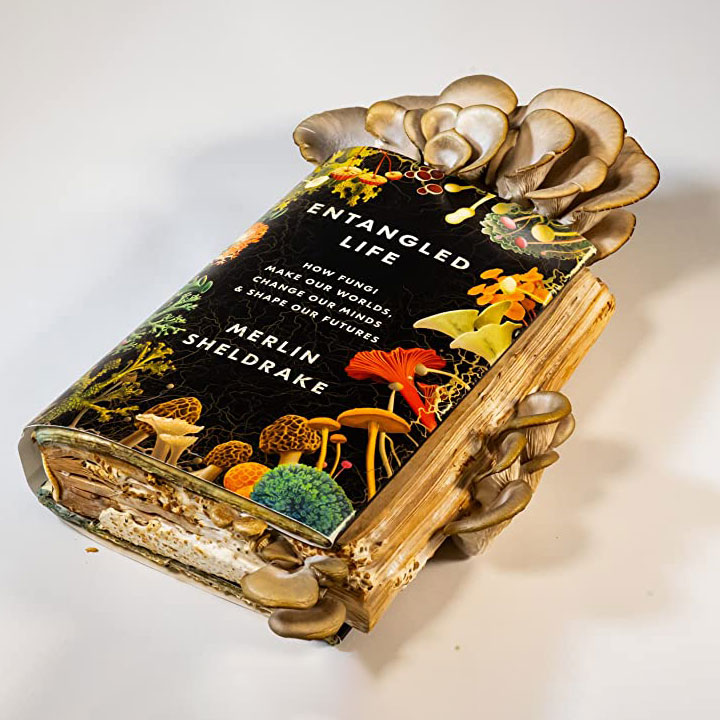
and inoculated with Pleurotus (oyster mushroom) mycelium. The mycelium then digested the pages – and the words – of the book, and sprouted over the
course of seven days. Pleurotus can digest many things – from crude oil to used cigarette butts – and is one of the fungal species that shows the most promise in mycoremediation. It is also delicious when fried lightly with garlic and will make it possible for the author to eat his words. Photo Credit: DRK Videography
Book sales are up nationwide and the artists promoted by browngrotta arts have done their share of reading this year. Polly Sutton pulled Michelangelo and the Pope’s Ceiling by Ross King (Penguin) off her shelf where it had been sitting for years. “Worth it,” she says. Nenna Okore recommends 50 Women Sculptors, from Aurora Metro Books. The book, which challenges the perception that sculpture is a male pursuit, features Okore’s work and that of Louise Bourgeois, Ruth Asawa, Yayoi Kasuma and others.
“If you’re curious about the weird wonderful world of mushrooms and how we are related to the Fungi Kingdom, then Entangled Life: How Fungi Make Our Worlds, Change Our Minds, and Shape Our Futures (Random House) is a literary journey to take,” writes Wendy Wahl. “Merlin Sheldrake stitches together a story of our co-evolution offering scientific and historical analysis in a captivating and thought-provoking way. The author transports the reader into the Fungi Kingdom revealing the mysterious maneuverings of this powerful part of nature’s network and the filament threads that binds us together. In two hundred and twenty five pages followed by chapter notes and bibliography, this is a book with doors to unusual discoveries and pathways of connecting in all directions.”
Caste: The Origins of Our Discontents by Isabel Wilkerson (independently published) is excellent”, says Gyöngy Laky. “Difficult and painful… a must read for every adult person in the U S… should be mandatory reading in high school.”
Randy Walker recommends a new book from France, L’art du fil, by Marie-Madeleine Masse, published in October by Alternatives press. From the book’s press notes, photos and embroidered ceramics, arachnean sculptures or totem tapestries … the thread never ceases to inspire contemporary artists from here and elsewhere, as superbly evidenced by the 80 international designers selected in this book one of whom is Walker. “The book is inspiring to me,” he writes,” because it exemplifies how fiber-based work is translated to many scales and contexts and that small, gallery-scale work can and should be celebrated alongside larger works.”
At browngrotta arts we took note of three beautiful art books that arrived in 2020. First up, Objects USA 2020 (Monacelli Press), with essays by Glenn Adamson and others. In 1969, the Objects: USA exhibition opened at the Smithsonian Institution, travelling to 22 venues. The exhibtion defined the American studio craft movement. Objects: USA united a cohort of artists inventing new approaches to art-making by way of craft media. Objects: USA 2020 revisits this revolutionary exhibition and its accompanying catalog–which has become a bible of sorts to curators, gallerists, dealers, craftspeople, artists, and auction houses–by pairing fifty participants from the original exhibition with fifty contemporary artists representing the next generation of practitioners to use–and upend–the traditional methods and materials of craft to create new forms of art.
Another visually striking volume, Olga de Amaral: To Weave a Rock (Arnoldsche) traces Amaral’s career over five decades, features more than 40 key pieces of work, and examines the artist’s oeuvre through the lens of contemporary and fiber art. Olga de Amaral: To Weave a Rock celebrates an artist who for decades has gracefully produced across traditional divides: fine art and craft, local and universal, ethereal and material. Published to accompany an exhibition at Cranbrook Art Museum, Bloomfield Hills (US), between 19 November 2020 and 7 March 2021, and The Museum of Fine Arts, Houston (US) between 27 June to 19 September 2021, and at Museum of Arts and Design, New York (US), between 21 October 2021 and 27 February 2022.
Published in 2018, but new to us is Anchors in Time: Dominic di Mare by Signe Mayfield (Fine Arts Press). The book includes insightful essays, but much of it features full-page photos of DiMare’s meticulously crafted constructions and detailed oil paintings.The book was produced in conjunction with an exhibition of DiMare’s work at the Museum of Craft and Design in San Francisco, California in 2018.
Last but nowhere near least, Agneta Hobin oversaw the publication of Agneta Hobin, this year which features lush photographs of her work, a passel of family and historical photos and text in English and Danish. You can puchase the book at browngrotta arts http://store.browngrotta.com
/agneta-hobin/.

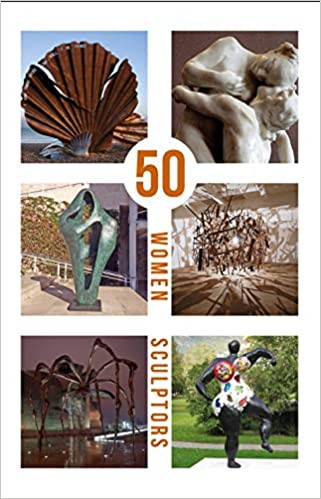

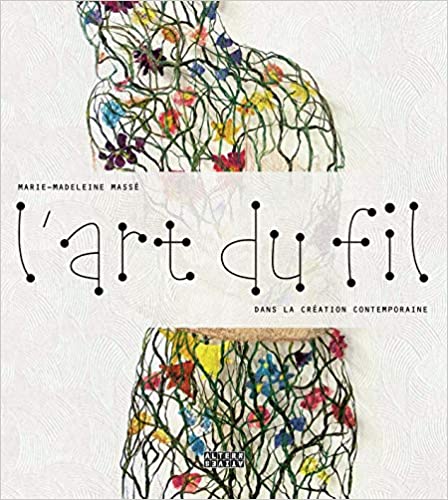

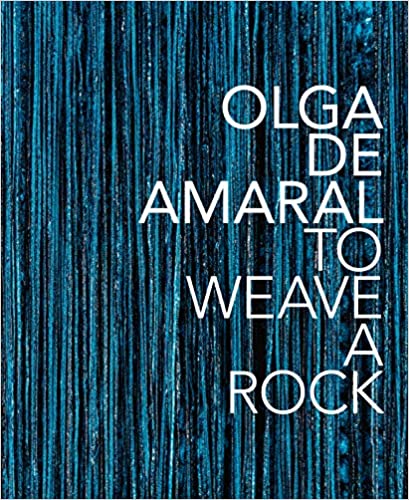
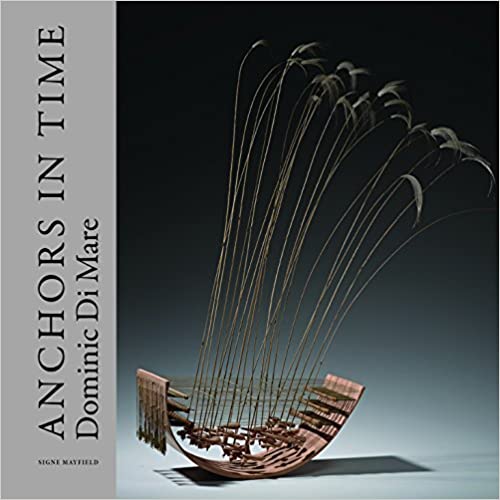






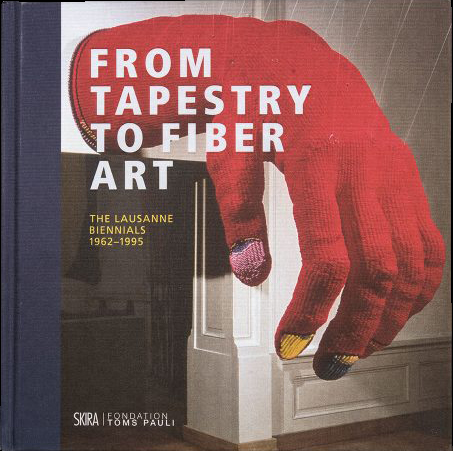
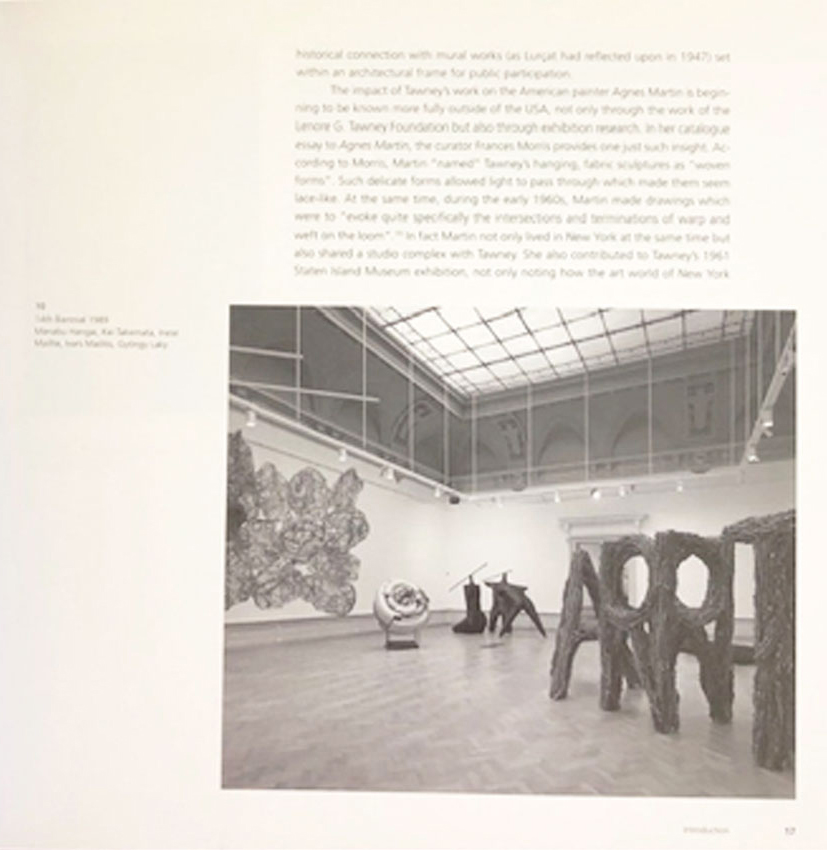
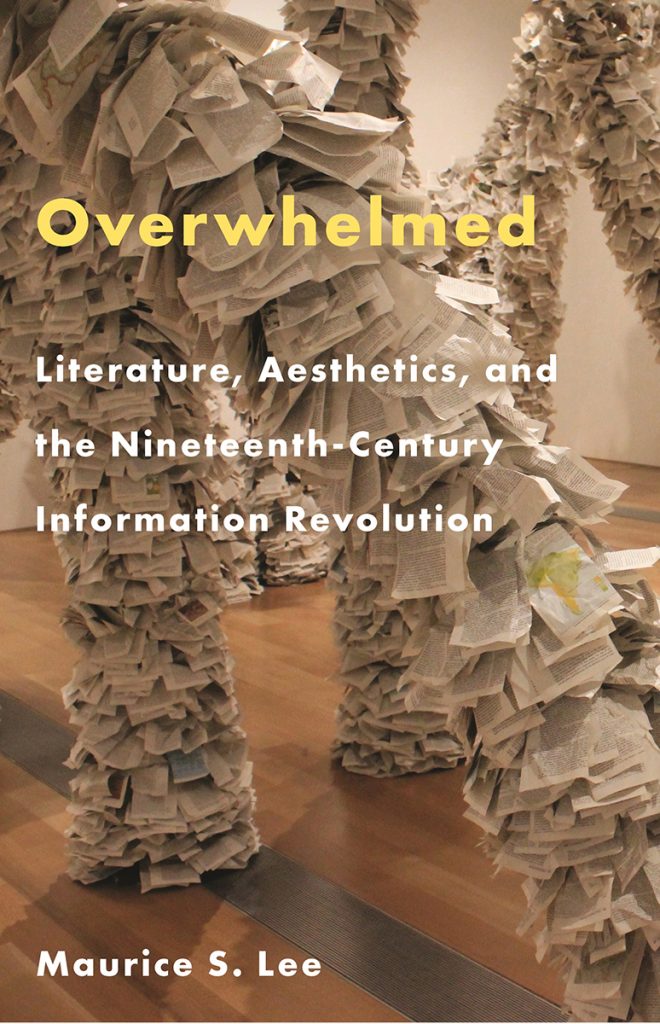
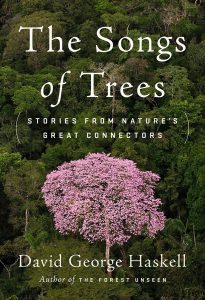

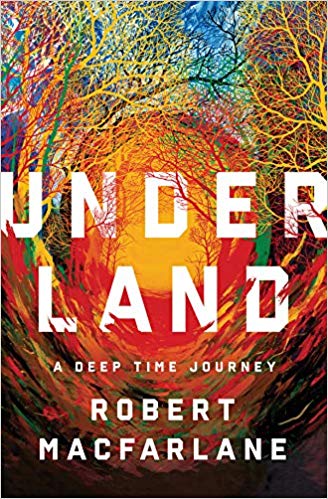
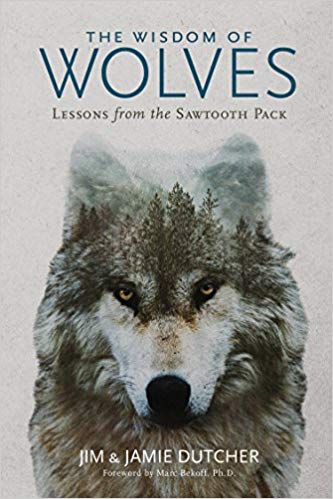


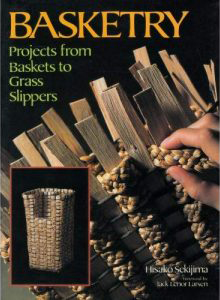
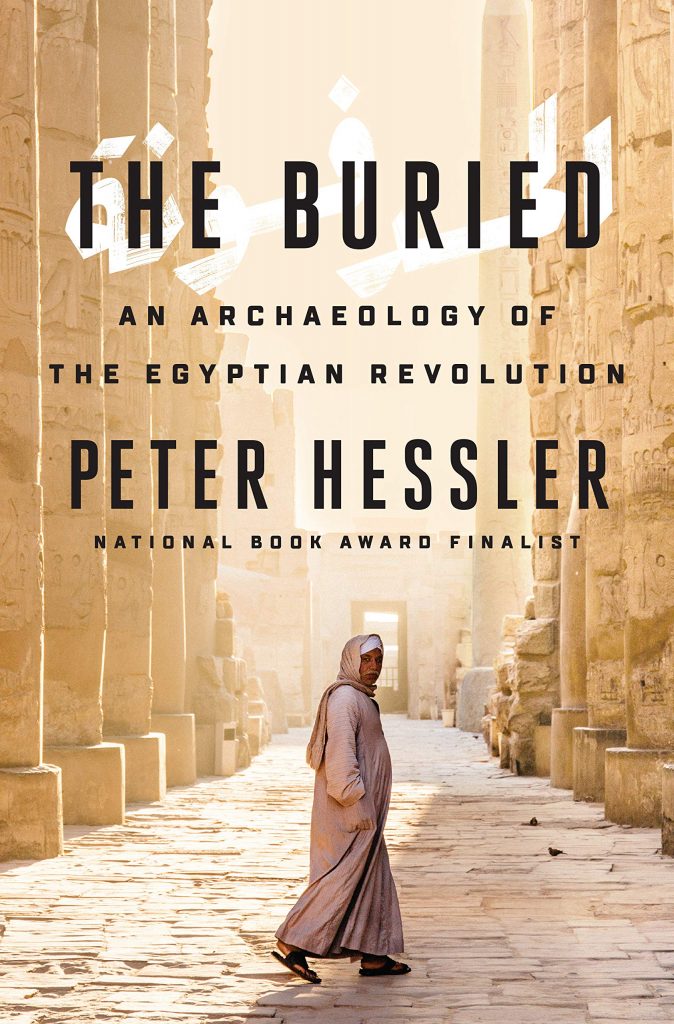

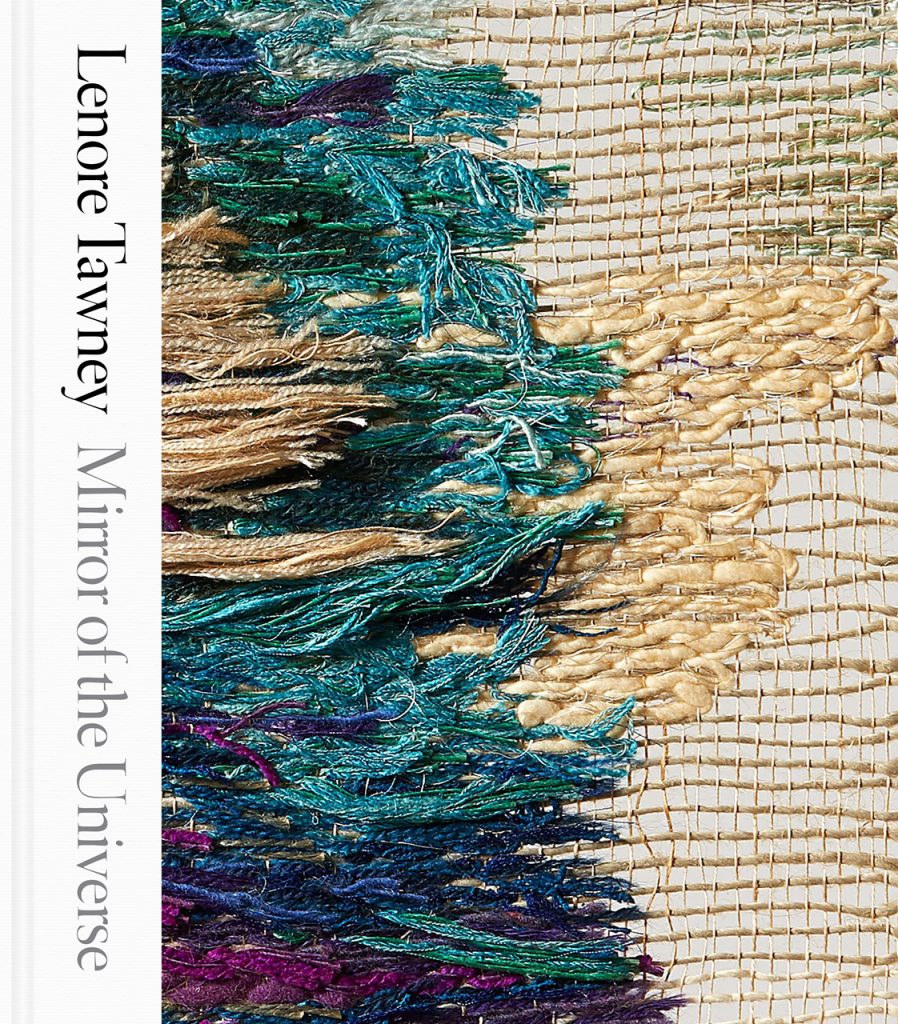

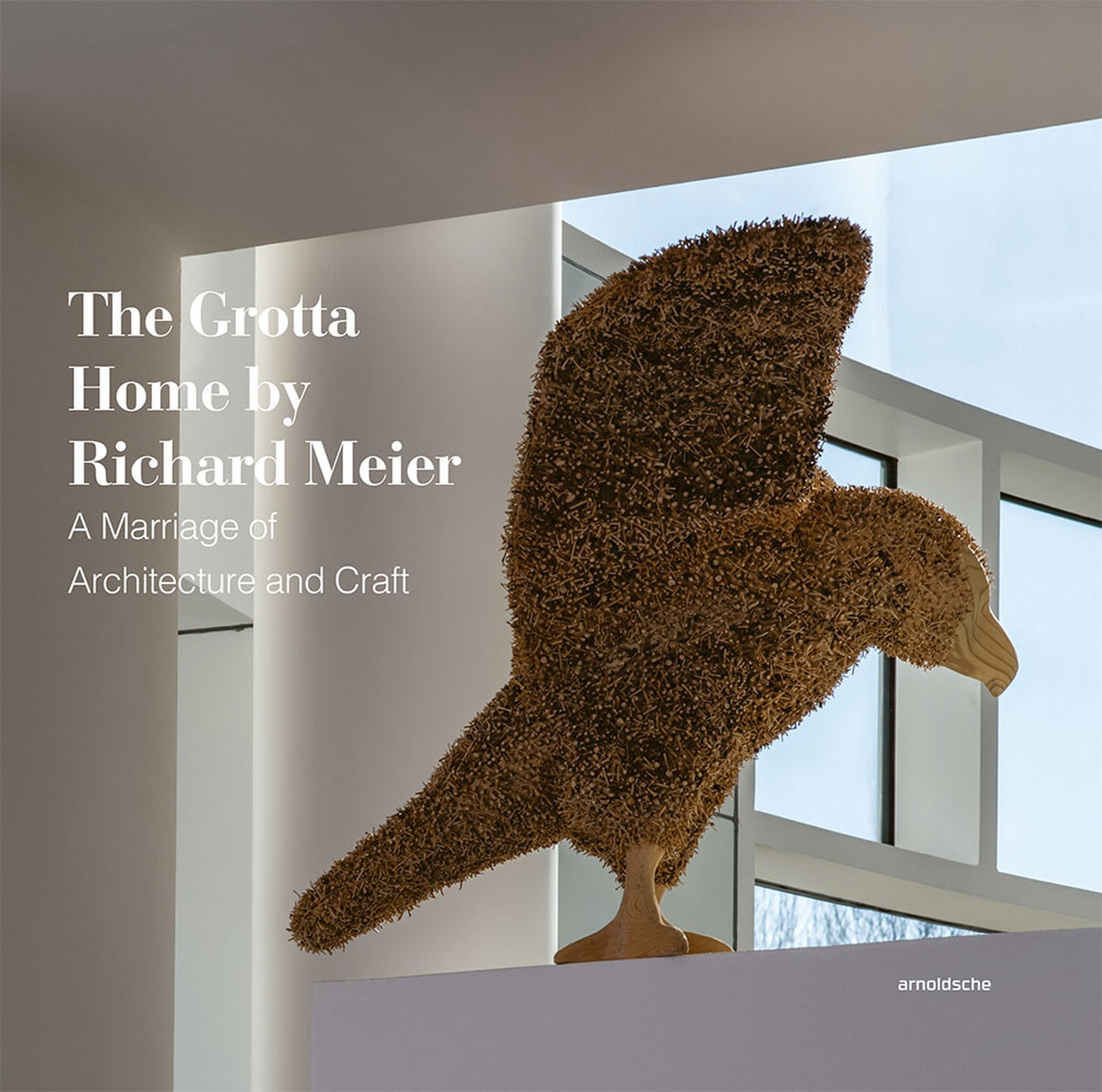


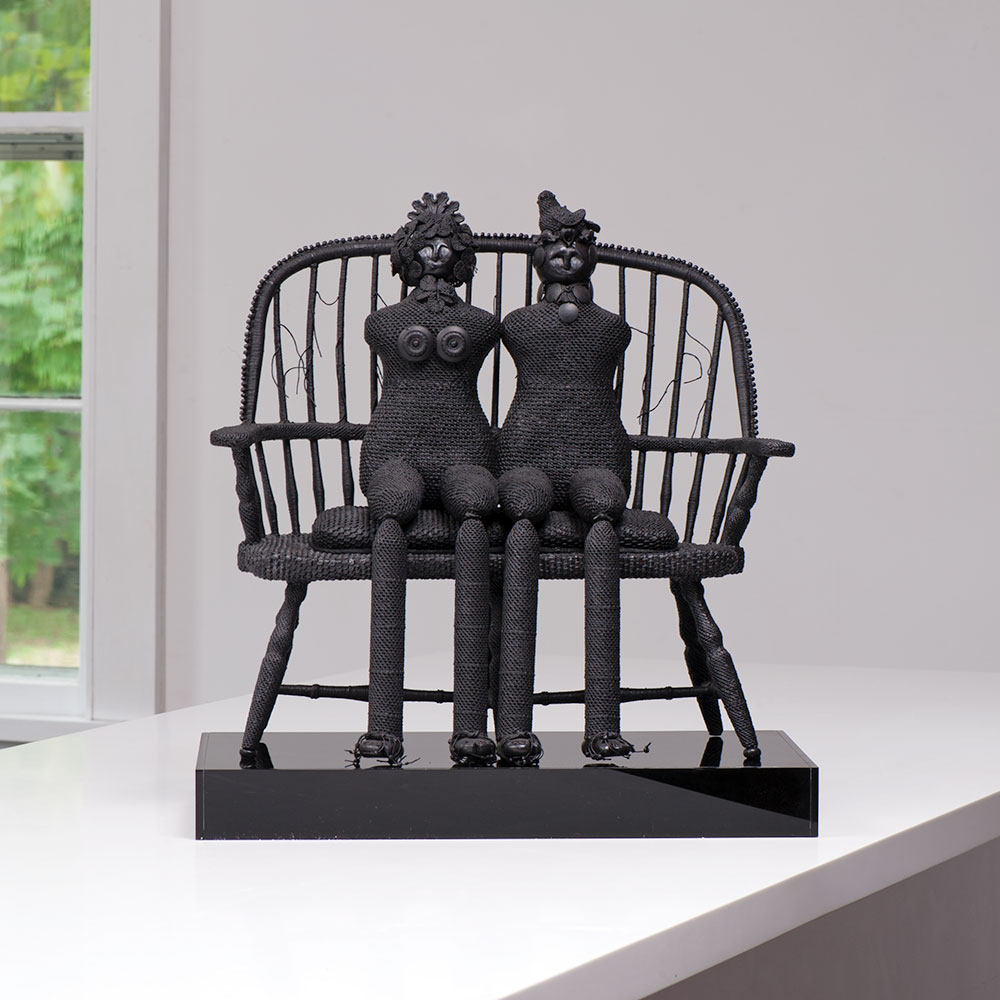

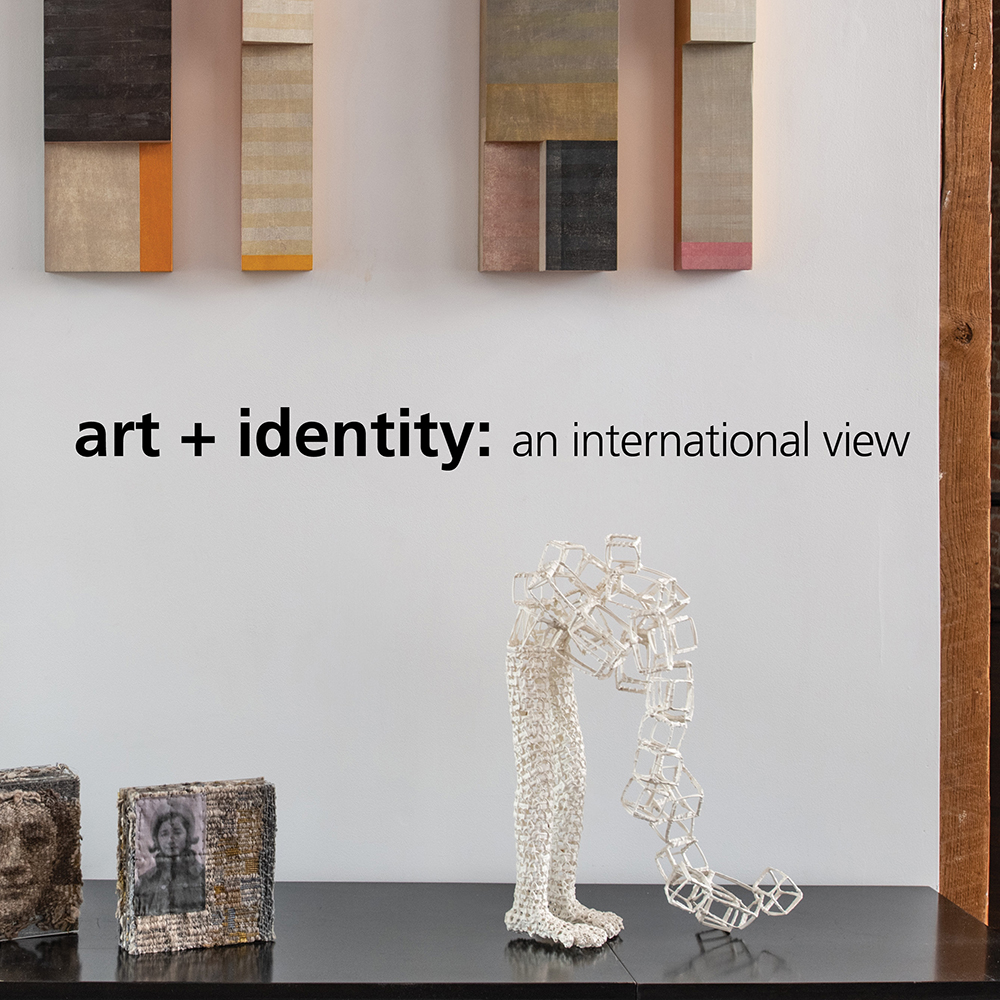



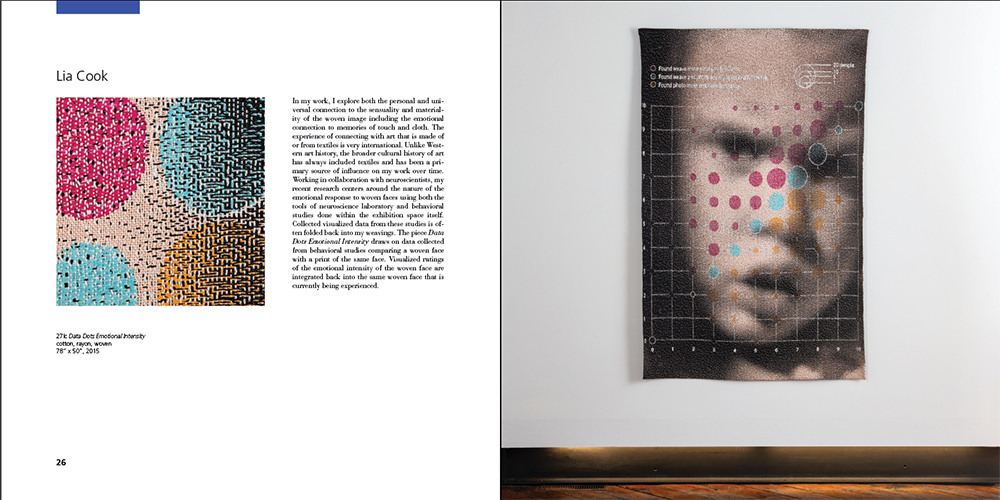
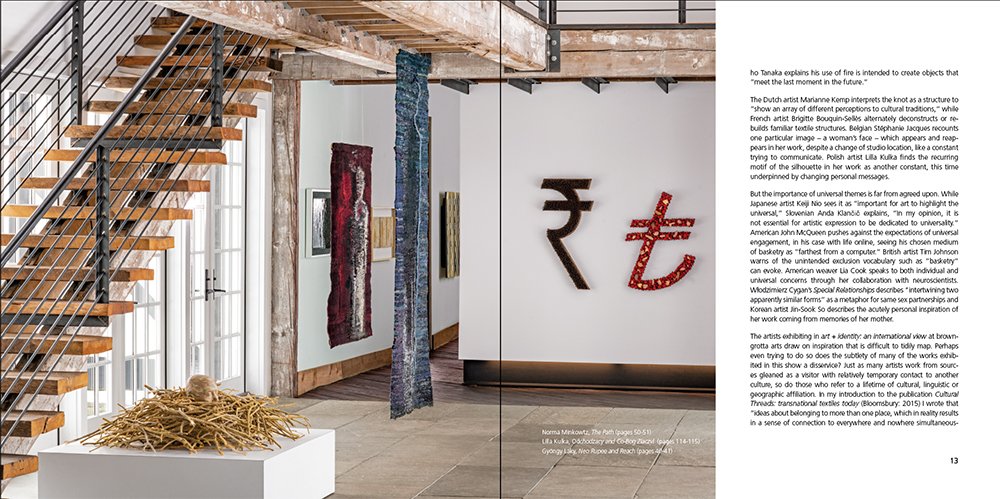

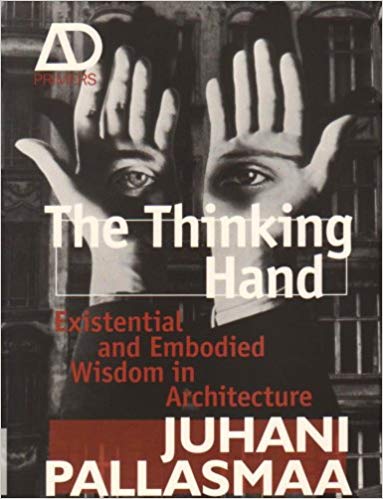
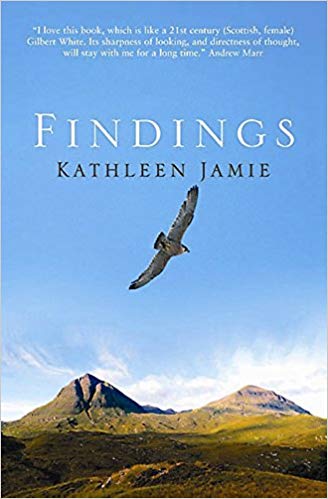
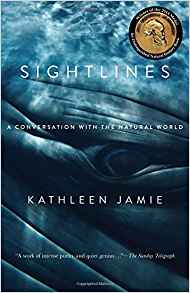
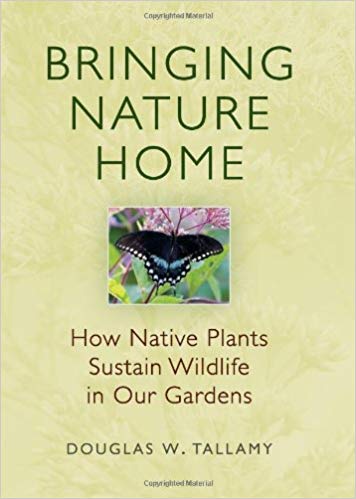
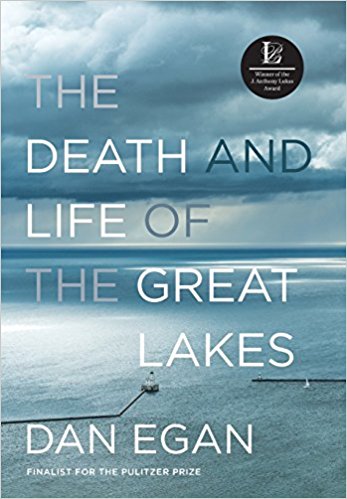



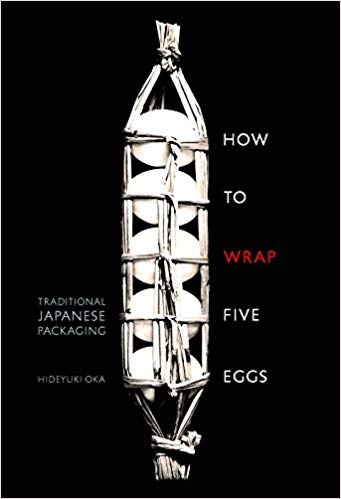
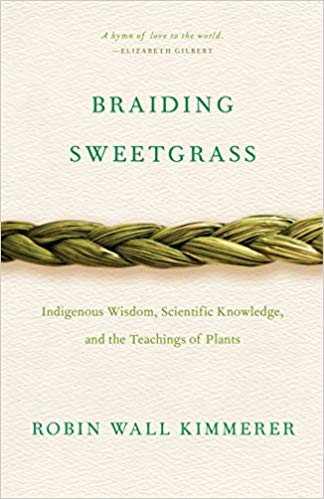
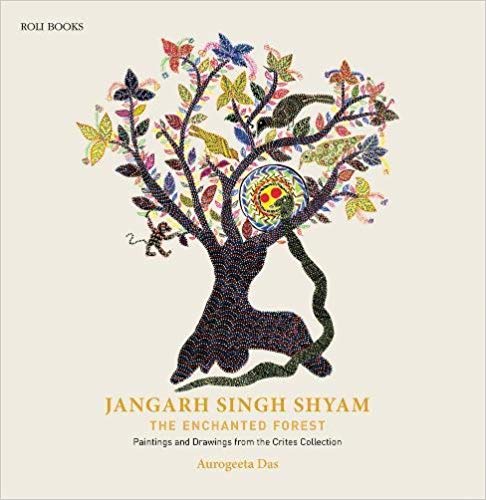


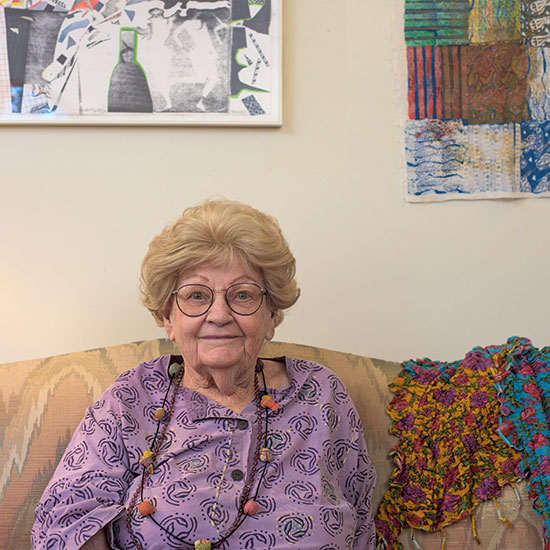


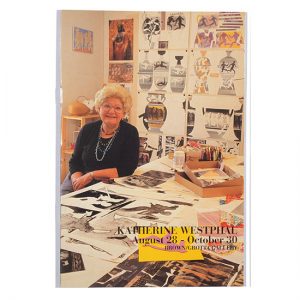


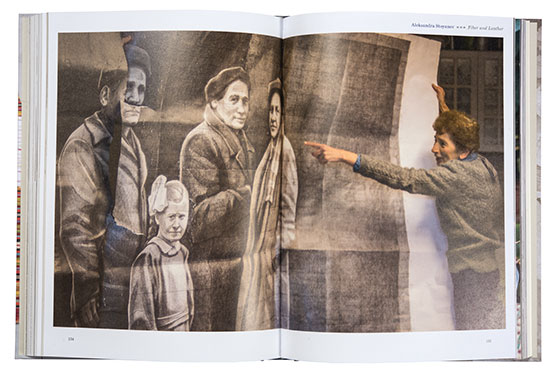
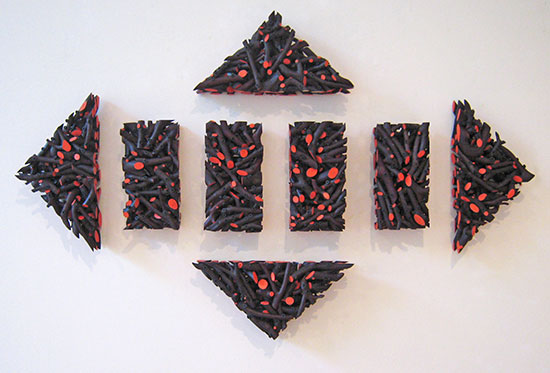







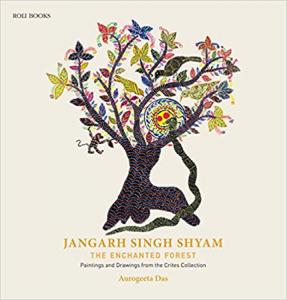


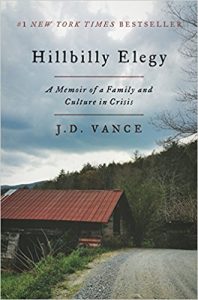
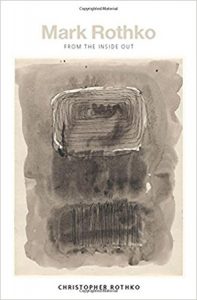
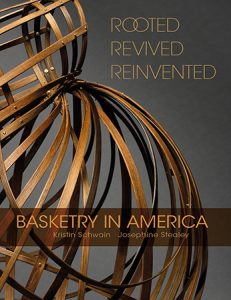

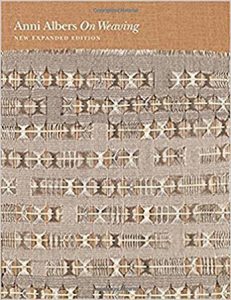
We Get Good Press
Maybe you’ve heard the buzz? In the past six months, both browngrotta arts and Tom’s book project, The Grotta House by Richard Meier: A Marriage of Architecture and Craft, which features many of the artists we work with, have gotten great coverage in the Connecticut publications, nationally and elsewhere in the world.
In December, the illustrious New York Times, profiled Sandy and Lou Grotta, their 300+ collection of Modern Craft which are beautifully featured/illustrated in The Grotta House book. https://www.nytimes.com/2019/12/31/arts/design/show-us-your-wall-grotta.html So did Art in America online.
https://www.artguide.pro/event/ book-release-the-grotta-home-by-richard-meier-a-marriage-of-architecture-and-craft/ Tom got a shoutout as the photographer in both articles as well. Next up was TLmag, True Living of Art and Design, a Brussels-based, international biannual print and online magazine dedicated to curating and capturing the collectible culture.
Also in February, the Grotta house and browngrotta arts were covered by Introspective, the online magazine produced by 1st Dibs, In the piece titled, “Tour a Richard Meier-Designed House that Celebrates American Craft,” author Osman Can Yerebakan, observes that the Grottas, are “[l]ed by intuition, they simply let an affinity for objects, and for the people who make them, guide their unerring eye.”https://www.1stdibs.com /introspective-magazine/richard-meier-grotta-house/?utm_term=feature2&utm_source=nl-introspective&utm_content=reengagement&utm_medium=email&utm_campaign=2020_02_23&emailToken=2277332_1a3d078b2c480b774c0897f7484ece12b4545b9bb006358a40eba4b7215550ce
Japanese and Korean Contemporary Craft
in Artfix Daily
On March 1st, Artfix Daily covered our online exhibition in “browngrotta arts presents Transforming Tradition: Japanese and Korean Contemporary Craft.” http://www.artfixdaily.com /artwire/release/7876-browngrotta-arts-presents-transforming-tradition-japanese-and-kor. An article by Rhonda, “Active Collecting: Acquiring Experiences as Well as Art,” appeared in the Spring issue of Surface Design Journal,
as Well as Art in Surface Design Journal
describing the interactions between Sandy and Lou Grotta and the artists they collect. The couple have met many of those whose work they have collected or commissioned and have developed deep friendships with others, including furniture makers Joyce and Edgar Anderson and Thomas Hucker, jewelers Wendy Ramshaw and David Watkins, ceramist Toshiko Takaezu and weaver Mariette Rousseau-Vermette.
The Spring also saw a light-hearted story in the March/April issue of Wilton Magazine, on Rhonda and Tom, “Art of Love, Love of Art,” by Karen Sackowitz, noting that our creative synergy– for better or worse — has spanned decades (3 decades and 7 years to be precise). Other local publications have championed us as well — The Ridgefield Press, Wilton Bulletin and Connecticut Magazine have talked up our taking art online, nothing that, “Social distancing doesn’t mean people have to distance themselves from the arts” as area arts institutions like bga have taken to providing people with digital experiences on their websites and social media platforms to ensure people are still able to engage with art.
with a Rotating Cast
of Craft Masterpieces
by Casey Lesser: Artsy Editorial
Artsy, covered the Grottas and their home in April, in “This Collecting Couple Lives with a Rotating Cast of Craft Masterpieces,” by Casey Lesser https://www.artsy.net /article/artsy-editorial-collecting-couple-lives-rotating-cast-craft-masterpieces. Tom got a shout out, too. The author shared Lou’s collecting advice to “do your homework” as he recalled being told that “you have to see 50 works by an artist before you can start to understand what’s good.” Thanks to the internet, that’s much easier today than it was when he and Sandy started out. “Don’t fall in love with the latest stuff,” the author quotes Grotta. “Decide who you like and what you like.”
April also saw the Grotta house and book featured in Dwell online https://www.dwell.com /home/the-grotta-house-0257ab73 and in Archello https://archello.com/project/the-grotta-house. In progress (fingers crossed), a piece on The Grotta House by Richard Meier, a Marriage of Architecture and Craft in INTERIOR+DESIGN, a Russian publication.
We hope to get press coverage for our upcoming events:
Online in June: Cross Currents – Arts Influenced by Rivers and the Sea, Vols. 38, 35
Online in July: Fan Favorites — Sekimachi, Sekijima, Laky and Merkel-Hess, Vols. 24, 19, 2, 3, 8, 5, 15, 16, 19
Online in August: Cataloging the Canon – Tawney, Stein, Cook, Hicks and So, Vols. 13, 28, Monographs: 1-3; Focus: 1
Live in September: Volume 50: Chronicling Fiber for Three Decades. Now rescheduled for September 12 -22. Details on how we will mix art viewing and safe practice to come.
Hope you’ll join us for all or some of these.
Stay Safe, Stay Distanced, Stay Inspired!!